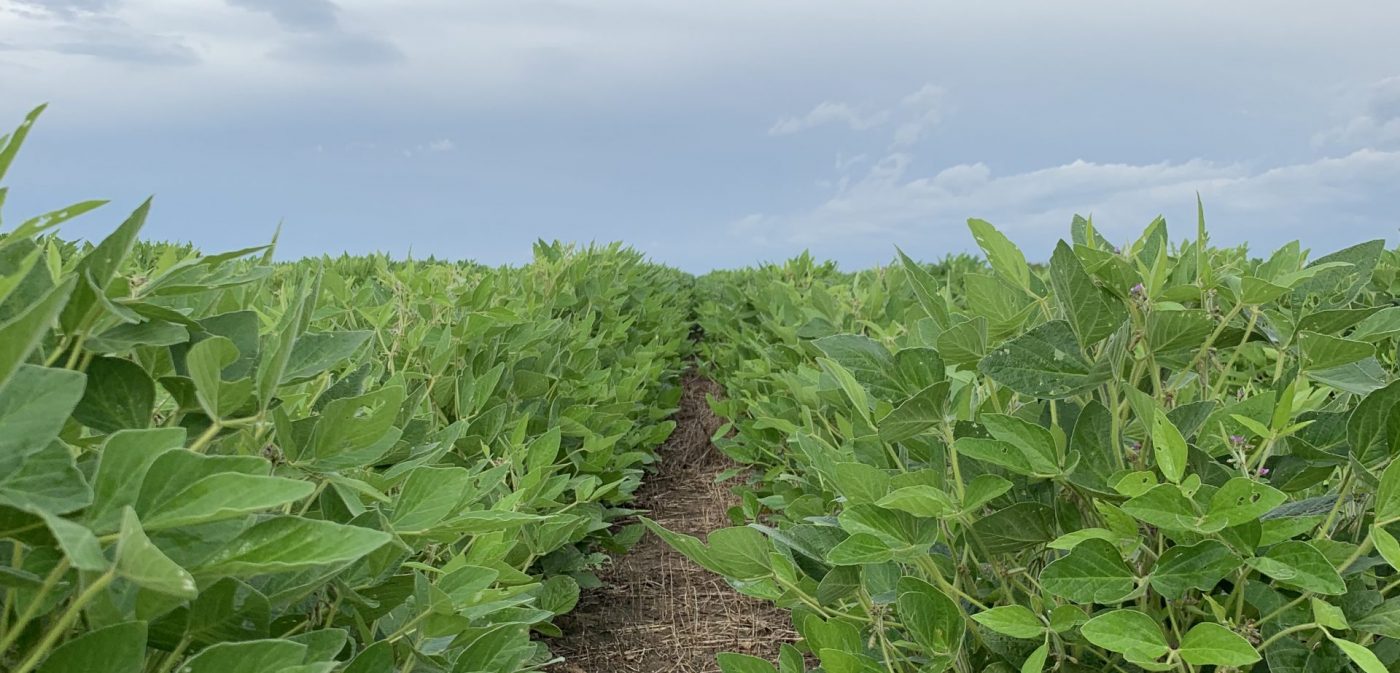
Agronomy/Crop Production Definitions
In previous posts, both Kristina and I have mentioned various phrases or words that you may not understand, know what they mean or even knew that it was a word (which happens a lot, especially with agronomy). These definitions are not from the dictionary or textbook, but how I define them or how I have learned them.
Agronomy: the study of crops and soils and their interaction with the environment
Pesticides: a chemical used to control any kind of pests, such as weeds (herbicide), insects (insecticide), diseases (fungicides-only fungal diseases can be controlled with a spray-on chemical), nematodes (nematicide) and several more. I’ll dive into these topics more in-depth at a later time
Soil texture: the percent of clay, sand, and silt that make up the soil

Weeds: these are any kind of plant that is in a place where it does not belong and competes with the crop for sunlight, water, and nutrients. This can range from traditional weeds like dandelions or clover in your lawn to volunteer corn, pigweeds, velvetleaf, or cockleburs in a field. And YES, corn or soybeans or wheat, or any other crop can be a weed!
Cover crop: plants or alternative crops that are planted in between regular growing seasons. They typically help to reduce soil erosion, manage soil fertility, improve soil and water quality, and control weeds, diseases, and insects. Common cover crops are clovers, turnips, radishes, rye, oats, safflower, and there are many more!
Irrigation: the watering of crops outside of natural rainfall. Farmers irrigate crops at critical times in the plant lifecycle to keep the plant healthy and increase the crop’s yield potential.
Chemigation/fertigation: the application of irrigation in combination with applying fertilizer or pesticide over the top of the crop. Any fertilizer or pesticide is typically added into the irrigation line, after it has been pumped from the well or surface water, in small quantities and at critical times in the growing season.
Precision agriculture: technology used on the farm to help improve efficiency and productivity. Precision ag ranges from GPS guidance, planter monitors, yield monitors, grid or zone sampling, to prescription maps for a variable rate.
Broadleaf: this is a term we use to reference any plant, weed or crop, that is not a grass.

Burndown: an application of herbicide before a crop is planted or after a crop is harvested, to kill all vegetation that is growing in the field to prepare for the next planting. This is important when there is a lot of weeds or a cover crop growing in the field, as you want to plant into a clean field.
No-till: a farmer does not use tillage at all or at a minimum. This practice is helpful when trying to build soil organic matter or improve soil quality, reduce erosion, help with weed control, and many other reasons.
Tillage: a form of seedbed preparation and method of weed control. There are 4 types of tillage: conventional, conservation, minimum and no-till. Each type has their own benefits and drawbacks, but are important for getting your fields ready for planting.
Yield: the amount of harvestable grain, forage, commodity or consumable goods in relation to the inputs and the land used to produce the crop.





